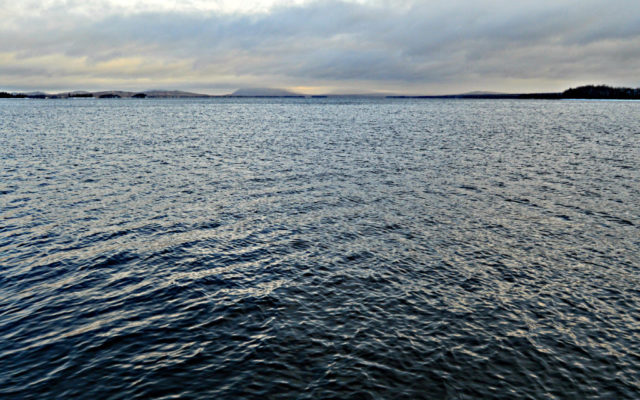
Heat waves are not good for cold-water fish species
By Julie Harris, Bangor Daily News Staff
June 18 was National Go Fishing Day, but Maine biologists encouraged people to leave the cold-water species in their safe zone during the heatwave and seek warm water fish such as bass, perch, or pickerel.
For a cold water fish, swimming for any length of time in really warm surface water is like a person trying to breathe in high humidity. It just cannot get enough oxygen.
Warm water carries less dissolved oxygen than cold, so bringing a large, cold-water species such as trout or landlocked salmon into that area of the lake or pond can really stress out the fish, according to Kory Whittum, fisheries research coordinator and planner at the Maine Department of Inland Fisheries and Wildlife.
That’s not a problem if the fish is legal and you plan to keep it, but it can result in higher mortality rates during catch and release fishing.
“Each species has different tolerances for temperature, but it’s the dissolved oxygen that is the worst problem,†he said.
The state doesn’t restrict cold-water fishing on hot days, but Whittum suggests you fish in the morning when the surface water is cooler; limit the time you take to land your fish so that it doesn’t have to fight too hard, especially in warmer water; catch and release the fish quickly if you’re not planning to keep it; and wet your hands before handling the fish so you limit damage to its protective slime and take your photo fast, keeping the fish in the water and getting it out of the warm area as soon as possible.
Catch and release anglers also can use heavier line on hot days so they can reel in faster without worrying about it breaking, and they should make sure the fish has recovered enough to swim away, Whittum said.
If the fish seems to be having trouble swimming away, hold it upright in the water next to the boat, moving the fish forward to keep water going across its gills, he said. In a stream, point the fish’s head in the direction the water is coming from and let the flow pass over its gills. You can also move the boat slowly and create that effect, while holding the fish in the water.